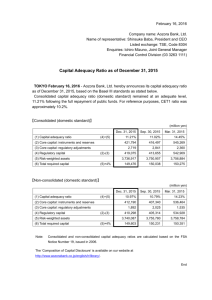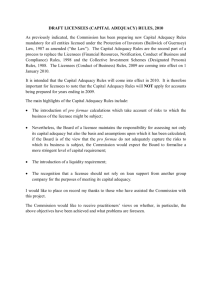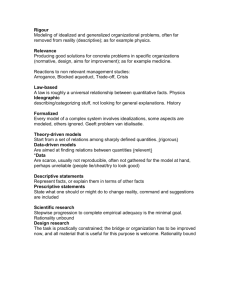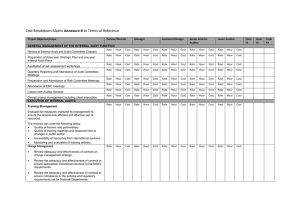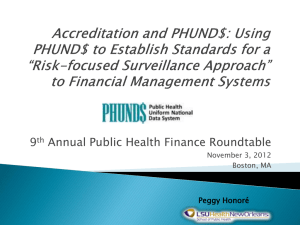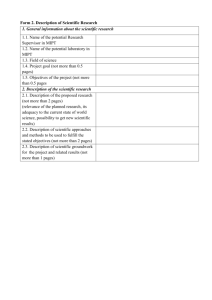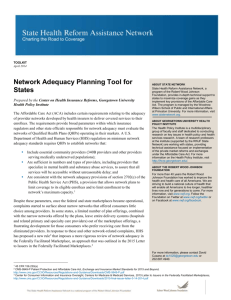ENGINEERING PEER REVIEW GUIDELINES
advertisement
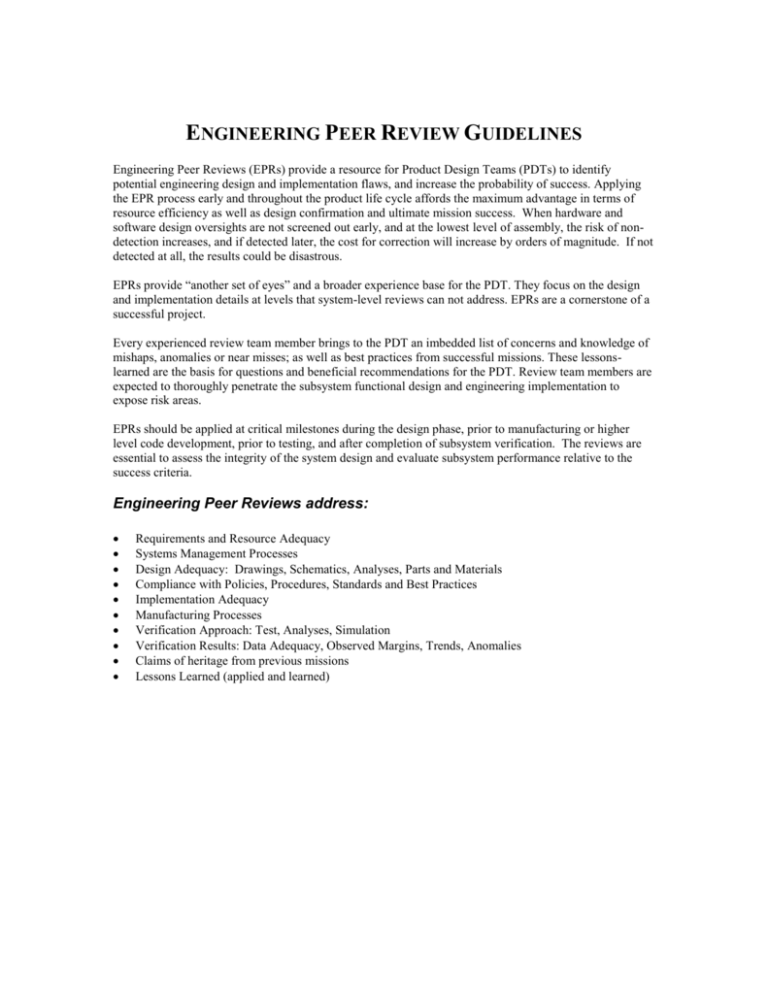
ENGINEERING PEER REVIEW GUIDELINES Engineering Peer Reviews (EPRs) provide a resource for Product Design Teams (PDTs) to identify potential engineering design and implementation flaws, and increase the probability of success. Applying the EPR process early and throughout the product life cycle affords the maximum advantage in terms of resource efficiency as well as design confirmation and ultimate mission success. When hardware and software design oversights are not screened out early, and at the lowest level of assembly, the risk of nondetection increases, and if detected later, the cost for correction will increase by orders of magnitude. If not detected at all, the results could be disastrous. EPRs provide “another set of eyes” and a broader experience base for the PDT. They focus on the design and implementation details at levels that system-level reviews can not address. EPRs are a cornerstone of a successful project. Every experienced review team member brings to the PDT an imbedded list of concerns and knowledge of mishaps, anomalies or near misses; as well as best practices from successful missions. These lessonslearned are the basis for questions and beneficial recommendations for the PDT. Review team members are expected to thoroughly penetrate the subsystem functional design and engineering implementation to expose risk areas. EPRs should be applied at critical milestones during the design phase, prior to manufacturing or higher level code development, prior to testing, and after completion of subsystem verification. The reviews are essential to assess the integrity of the system design and evaluate subsystem performance relative to the success criteria. Engineering Peer Reviews address: Requirements and Resource Adequacy Systems Management Processes Design Adequacy: Drawings, Schematics, Analyses, Parts and Materials Compliance with Policies, Procedures, Standards and Best Practices Implementation Adequacy Manufacturing Processes Verification Approach: Test, Analyses, Simulation Verification Results: Data Adequacy, Observed Margins, Trends, Anomalies Claims of heritage from previous missions Lessons Learned (applied and learned) A Checklist for Product Development Teams and Engineering Peer Review Team Members This subject matter list is intended to guide engineering peer review team members as they examine the methodology and specific design and implementation aspects of a product subsystem. It is also intended to assist the PDT in self-evaluation and in preparing for independent reviews. Understanding of Mission Requirements Understanding Of Success Criteria Understanding of Acceptable Risk Understanding of Subsystem Performance Requirements Understanding of All Interface Requirements Understanding of the Mission Environment (I&T, Storage, Transportation, Launch and On-orbit) Adequacy of Schedule, Budget and Human Resources Risk Management Processes, Risk List and Adequacy of Risk Mitigation Plans Understanding of Reliability and Workmanship Policies and Application Adequacy of Design Concept and Implementation Adequacy of Technical Resources (mass, power, etc.) Margin Trends System Safety including Software Safety Contamination Requirements and Implementation Long Lead Items Radiation EMI Material Compatibility Limited Life Items Circuit Analyses Heritage Claims and Associated Limitations Qualification Approach Interface FMEA Internal FMEA Probabilistic Risk Assessment EEE Part Selection and Screening Deployable Devices Verification and Validation Approach, Plan Functional Testing Accumulated Time, Failure Free Hours Life Testing, Mechanical Support Equipment Design and Limitations Pressure Venting ESD Sensitivity and Precautions Alignment Jitter, Sources and Sensitivities Technology Readiness Surveillance of Suppliers (Management and Mission Assurance Oversight) Software Assurance Handling and Shipping Material Review Board and Closed Loop Nonconformance Reporting Processes
